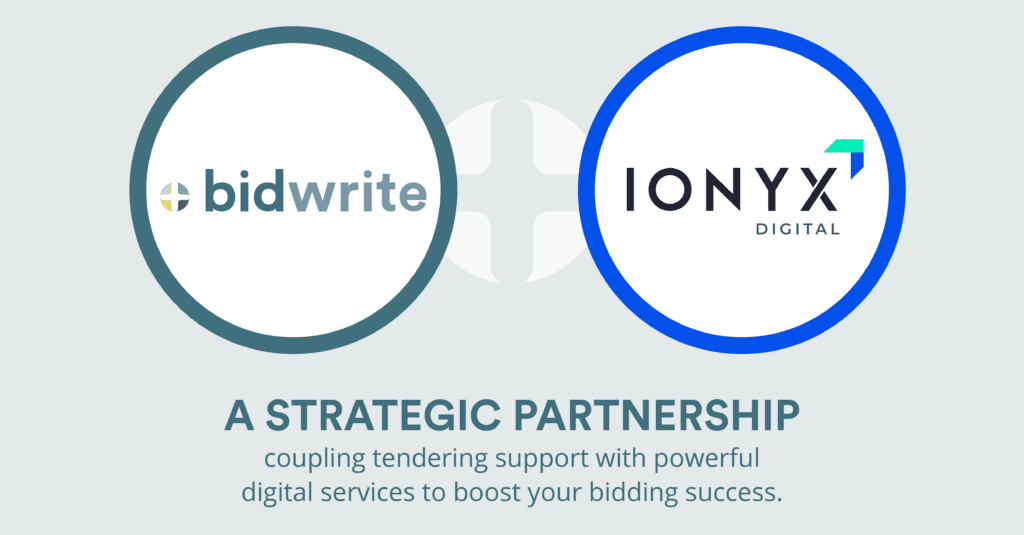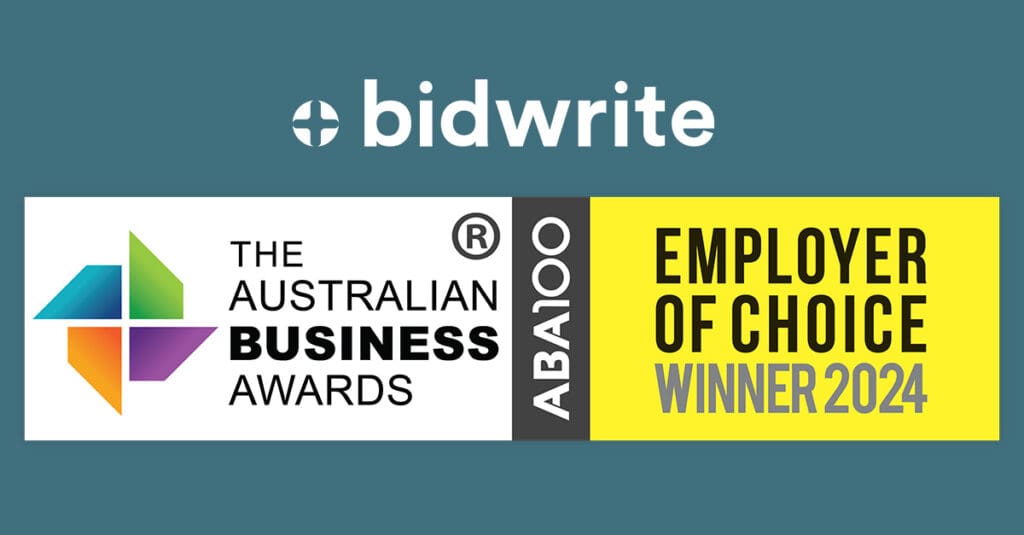Search our insights & articles
BidWrite and The Recognition Group have partnered to help B2B clients win more work. By combining tendering expertise with marketing and PR support, the partnership strengthens pre-bid positioning and builds credibility to compete for complex, high-value contracts.
Reflecting on three decades of bidding for Bidding Quarterly's 'Coming of Age' themed issue, this letter from Nigel Dennis to his profession charts bidding's growth from admin task to strategic powerhouse. It explores how bidding has evolved, the challenges ahead, and why bid professionals must embrace innovation, data, and AI to thrive.
Expanding on his previous insights, David Lunn explores how suppliers can capitalise on each of the five key 2025 procurement trends – aligning their tender responses, enhancing buyer engagement, and ultimately boosting success in competitive bidding.
Having digested several 2025 procurement reports, coupled with what we see on the job daily, David Lunn shares five procurement trends that we expect to see more of as the year unfolds. For suppliers, understanding and responding to these procurement trends can help your tenders be considered more favourably in 2025.
One of the most effective ways to aid understanding in your tender responses is to use suitable graphics. But why are they helpful, what are their benefits, and how do you select/create the right graphic and integrate it correctly into your document? All this and more is covered in our handy guide to proposal graphics.
We’re delighted to announce that BidWrite’s GM – Growth Peter Blunden and Senior Consultant Nicole Coleman have both won APMP 40 Under 40 Awards for 2024. This globally-recognised achievement acknowledges their professional accomplishments and contributions to the bidding industry.
Prompted by Bidding Quarterly's 'All I Want For Christmas' theme for Issue 20, Nigel Dennis spells out what the BidWrite team would like to see wrapped up and placed under their professional Christmas tree every year – creating a blueprint for a high performing ‘bid sleighing’ team!
BidWrite is excited to announce a strategic partnership with IONYX Digital. Clients of both businesses seem to share three common strengths, but are often missing the fourth 'leg' to balance the metaphorical chair. And that's exactly where our complementary services can help.
We are incredibly proud to announce that BidWrite has been recognised as an Employer of Choice in the 2024 Australian Business Awards. This award acknowledges our effective policies and practices, employee recruitment, engagement and retention processes that that maximise the full potential of our workforce.
A free subscription to our latest newsletters, blogs, training dates and upcoming events, delivered straight to your email inbox.
Subscribe to Bid Talk
"*" indicates required fields











